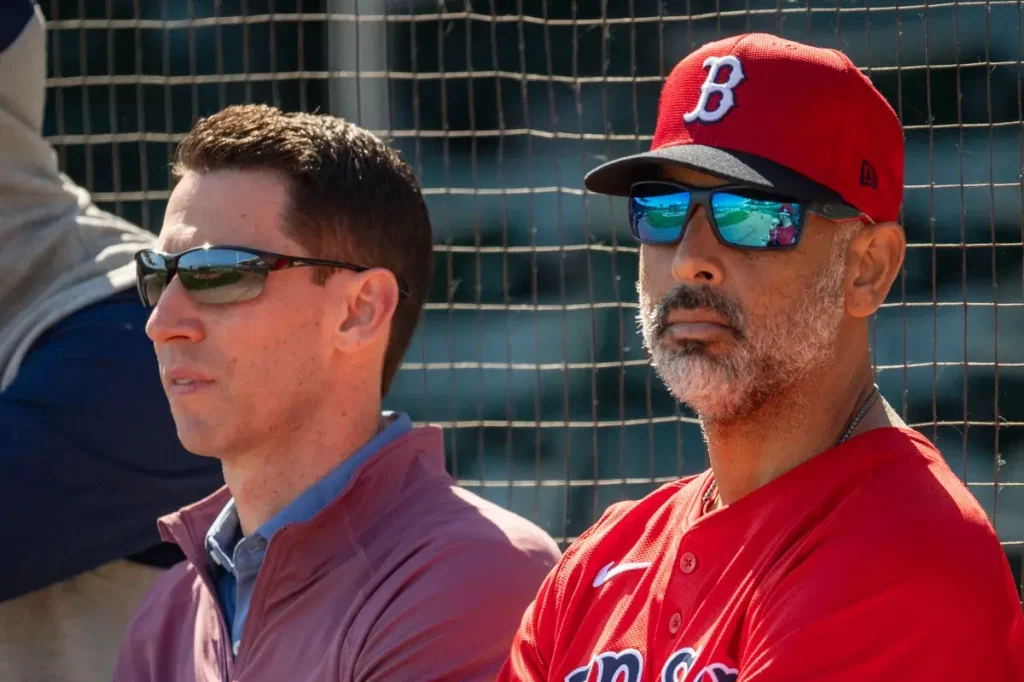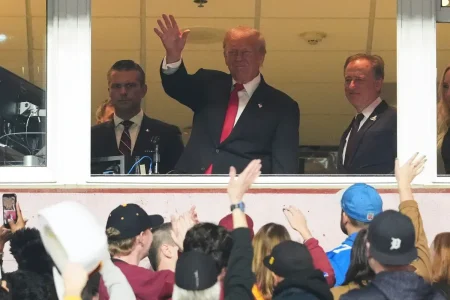Red Sox Release Young Dominican Prospect Vladimir Asencio Despite Million-Dollar Investment
In a surprising turn of events, the Boston Red Sox have reportedly released Vladimir Asencio, a once highly-touted international prospect, less than two years after signing him to a substantial $1 million bonus. According to Brendan Campbell of SoxProspects.com, the organization cut ties with the Dominican Republic native just weeks before his 19th birthday, raising questions about what led to such an abrupt decision on a player who represented nearly 20 percent of the team’s entire international bonus pool in 2022. The move seems particularly puzzling given the significant financial investment and the generally positive scouting reports that followed Asencio through his brief professional career.
When the Red Sox signed Asencio in January 2022, expectations were high for the young infielder who was ranked 34th overall among international prospects by MLB Pipeline. Baseball America had highlighted his exceptional contact skills, describing him as “one of the most difficult hitters to strike out from the Dominican Republic in his class.” Coming from the Mejia Top 10 baseball academy in Santo Domingo—the same program that produced current Red Sox Double-A outfielder Miguel Bleis—Asencio represented what many believed was a sound investment in Boston’s future. His signing bonus was the largest given to any player in the Red Sox international class that year, signaling the organization’s significant belief in his potential.
However, Asencio’s professional performance never matched the pre-signing hype. In two seasons with the Dominican Summer League Red Sox, he struggled at the plate, collecting just 40 hits in 212 at-bats across 68 games for a disappointing .189 batting average. Perhaps most concerning was his complete lack of power—recording zero home runs during his professional tenure, confirming pre-draft concerns about his power potential. Despite these struggles, many evaluators remained optimistic about his development trajectory. SoxProspects.com continued to highlight his “contact-oriented approach featuring a line-drive swing,” noting that he “rarely strikes out” and “has an advanced approach for his age.” MLB Pipeline similarly praised his “sound bat path” and ability to make “consistent hard contact,” suggesting he would “grow into more power as he matures.”
The timing and reasoning behind Asencio’s release remain something of a mystery, though one potentially revealing detail stands out: on July 23 of this year, the Red Sox placed the 18-year-old on the restricted list, effectively ending his season early. Being placed on this list can occur for various reasons, including disciplinary issues, though the organization never publicly explained the designation. This unusual administrative move preceded his release by just a few months, suggesting a possible connection between whatever led to his restricted status and the organization’s ultimate decision to part ways with the young prospect. Whether behavioral concerns, development issues, or other factors influenced the Red Sox decision remains undisclosed.
What makes this situation particularly notable is the speed at which the Red Sox abandoned their investment. Professional baseball organizations typically exercise considerable patience with international signings, especially those who receive seven-figure bonuses. Young international prospects often face significant adjustments to professional baseball and life in a new country, requiring several years of development before reaching their potential. Asencio never even advanced to a minor league affiliate in the United States, having spent his entire brief professional career in the Dominican Summer League. The organization’s quick decision to cut ties suggests either serious off-field concerns or a dramatic reassessment of his baseball potential that overrode their initial million-dollar evaluation.
The release of Vladimir Asencio serves as a stark reminder of the inherent risks in international scouting and development. Even with substantial resources invested in scouting, player evaluation, and signing bonuses, organizations like the Red Sox must sometimes make difficult decisions that result in financial losses. For Asencio, who now finds himself looking for a new opportunity just before his 19th birthday, the release represents both a setback and potentially a fresh start. Meanwhile, Boston’s international scouting department will likely face internal questions about their evaluation process that led to such a significant investment in a player who ultimately spent less than two years in the organization. As with many aspects of baseball development, this situation demonstrates that even the most promising prospects face uncertain paths to major league success, with organizational patience varying widely depending on circumstances both on and off the field.















